Hairstyles of the 20s: ideas and rules for creation
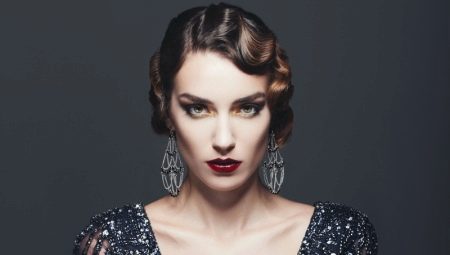
Many people are right when they say that fashion is cyclical, and after a lap of time everything comes back. The new is the well-forgotten old. Forgetting about some kind of trend for a certain period of time, later you return to it with great zeal. This moment was not spared by women's hairstyles. Today, what was popular almost a hundred years ago is re-entering the world arena. Our article is dedicated to hairstyles in the style of the 20s of the twentieth century.
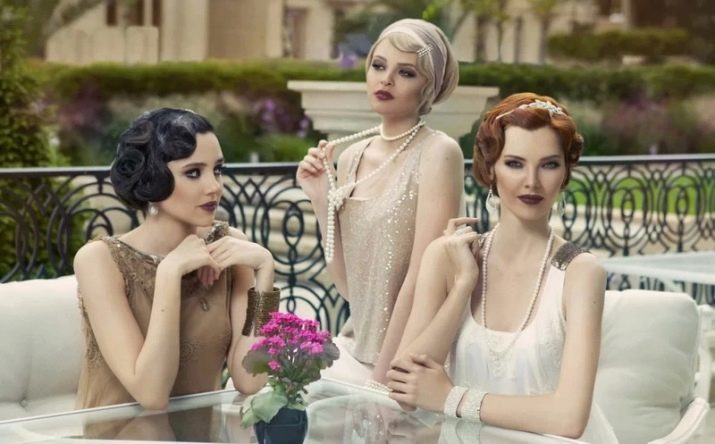
Peculiarities
Retrostyle, one way or another, has always been relevant. Clothes (ruffles, shapeless rectangular dresses, hats with feathers) and hairstyles were also popular. Retrostyle has always caused great excitement, capturing fashion houses, carpets, parties. But let's talk about the hairstyle, after all, it is she who is the final stage in creating an image and adds its own zest to it. Unlike clothes, hairstyles can look harmonious in any mixed look, regardless of the environment and overall outfit.
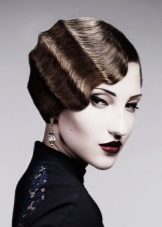
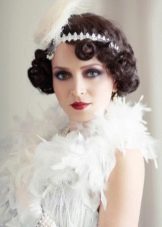
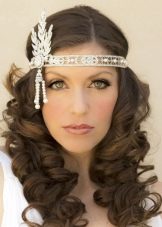
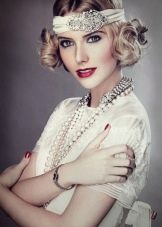
What is the advantage of 20s hairstyles? You can choose a hairstyle for both long hair and short hair. Any request will be satisfied, especially if you want to radically change the image. In that time period, there was a real riot among women, fashion allowed ladies to liberate themselves: to change tight corsets and long skirts for shapeless mini-dresses. Hair was no longer pulled into heavy, high hairstyles, and bright makeup appeared on the face.
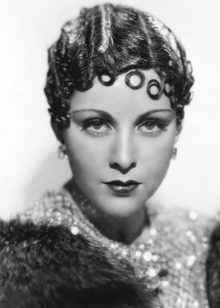
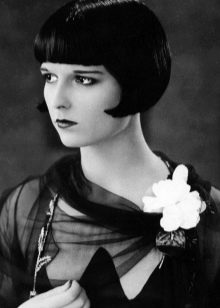
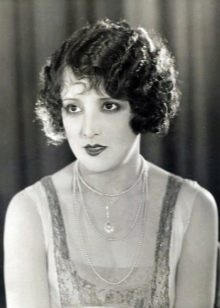
The standards of the past were crumbling at an incredible rate due to popular Hollywood films - short hairstyles and mini dresses became indispensable elements in the women's arsenal.
Varieties
Hairstyles for short hair were very popular among women of that time.Ladies are tired of long curls that were difficult to braid into hair. In addition, they were difficult to care for and wash. Therefore, as soon as there was a "revolutionary boom" in Europe, almost all women decided to say goodbye to their long curls. In those years, a number of haircuts were offered for them, which are relevant to this day.
- For example, bubikopf or, in Russian, “bubikopf”, is translated from German as “little head of a child”. The very first short haircut among women, before its popularization, was used only for any subsequent medical interventions or during hostilities. The First World War was the first impetus for a change in the female image: when the sisters of mercy helped the wounded soldiers at the front, not a single girl cared about her long hair. They began to be considered impractical, so the hair was cut "like a boy" or left only a small semicircle.
Over time, this trend from the sisters of mercy reached the peaceful townspeople who liked this hairstyle. The Bubicopf haircut technique itself was created by a German hairdresser, hence the German name.
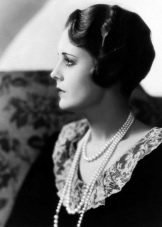
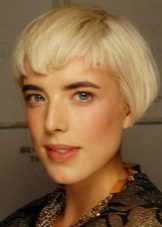
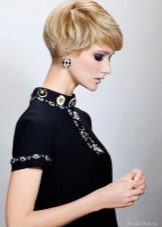
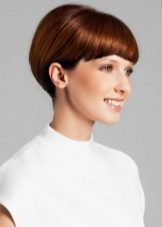
- Another haircut - pixie, is translated from English as "fairy" or "elf". Boyishly rebellious haircut, which is a short strands of hair that are carelessly sticking out in different directions. This hairstyle adds mischief and negligence to the image.
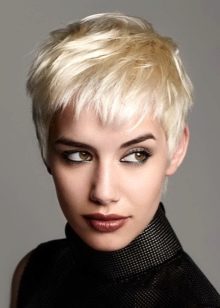
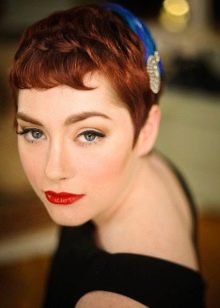
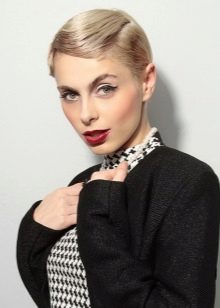
- Garson - this haircut is somewhat similar to the aforementioned pixie hairstyle, but it has a major and significant difference. The pixie is cut in separate strands of different lengths, and the garcon is cut all under one line. The word "garcon" itself comes from France and is translated as "boy".
The fashion for this hairstyle went after the publication of the book by the French writer V. Margueritta "Garson". The book was about a strong, determined and sometimes reckless girl with a short haircut. For women of that time, this heroine sunk into the souls so much that the image of a woman-boy became very popular.
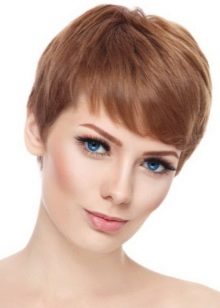
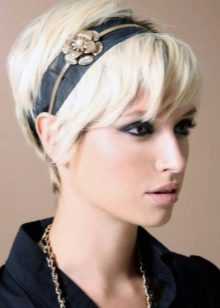
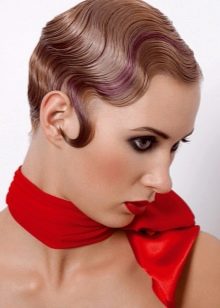
- Bob or bob garcon haircut. Initially, it was believed that the bob haircut was invented by the French hairdresser Alexandre de Paris, who was inspired by the images of Jeanne d'Arc. But there is also an opinion that this hairstyle became popular not at all because of the French hairdresser, but because of the famous dancer Irene Castle around 1915. Many argue that the girl was too uncomfortable to dance with long hair. At that time, many ladies considered Madame Castle a model of elegance and taste, so they decided to trust the dancer's choice and risked cutting their curls.
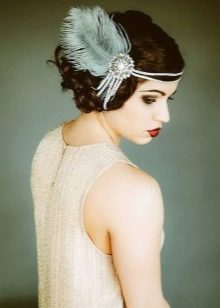
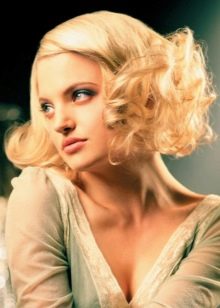
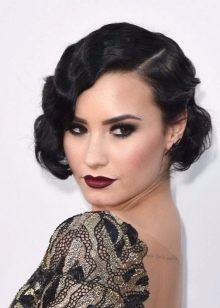
Of course, in the 20s. XX century, there are still girls who did not dare to say goodbye to their beautiful long hair, therefore, adjusting to new fashion trends, they came up with new and adapted popular styling. Long hair was more difficult to work with and required more time for styling, but few could give up the foundations. Therefore, one of the most popular hairstyles was considered a "wave" for the entire length of the hair.
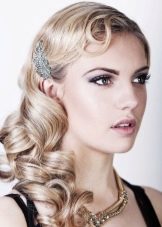
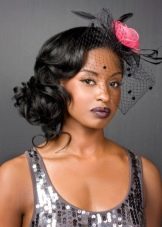

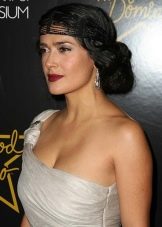
Since there was no varnish at that time, the hair was dried naturally - first it was washed, then fixed with hairpins in the form of waves, and then the girls went with pinned curls until they were completely dry.
Self styling
As mentioned earlier, fashion is cyclical, and now women's hairstyles in the style of the 20s are becoming popular again. But if there are no problems with a haircut, then you will have to work hard on self-styling. If your haircut is a bob, pixie or garcon, then with the help of an iron or a styler, you will only need to straighten the strands, after sprinkling the hair with a styling and fixing spray. Among the hairstyles that refer to this historical era, you can distinguish curls in the style of the "Great Gatsby" and a variety of buns.
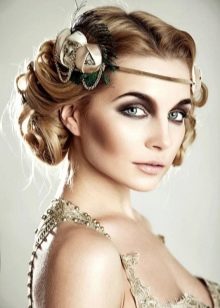
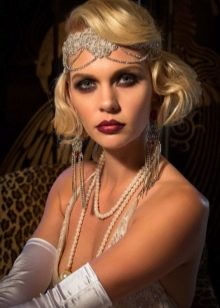
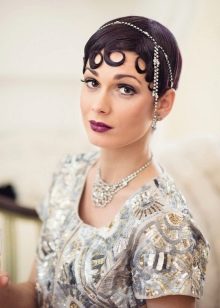
The Great Gatsby Hairstyle
It is no secret that a new wave of popularization of the style of the 1920s arose precisely thanks to this film.What's popular in Hollywood is popular all over the world. Therefore, it is not surprising that many people want to do the same hairstyle as the main character. A bob or bob with chin-length hair is considered a classic of the genre. This length will be enough to accommodate the famous waves.
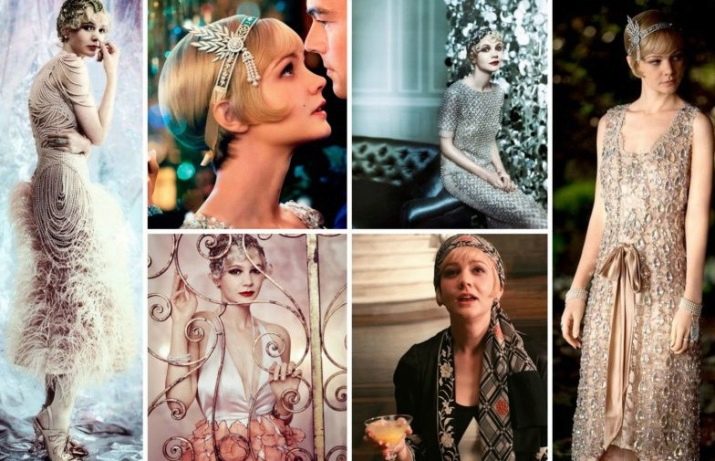
For styling you will need:
- forceps;
- iron;
- styling or any other styling product;
- varnish.
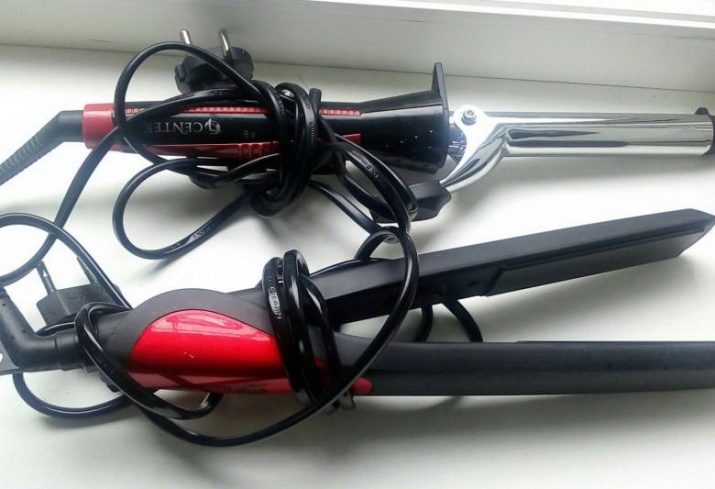
To begin with, you should wash your hair, let it dry, without using a hairdryer. Then apply styling or styling cream to damp hair. Spread the product in a small layer over the entire surface of the hair. Then, using a hair dryer, finally dry the hair (during drying, it is advisable to raise the curls up).
It is worth deciding in advance from which side the waves will subside. Part your hair with a parting. While you are separating your hair, it is worth turning on and heating the tongs. Twist the curls in small strands around the tongs from the ends of your hair to the crown of your head. You need to keep it for 5-10 minutes, if you have very heavy and thick hair, the time can be increased by another five minutes.
After all the curls are curled, you need to loosen the hair, comb it slightly and fix the result with a varnish with a weak hold. Curls should be light and floating.
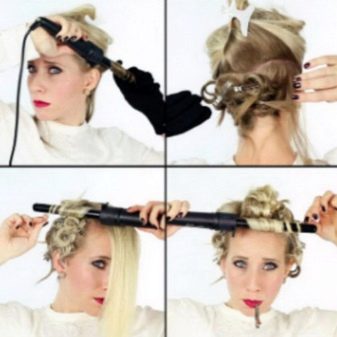
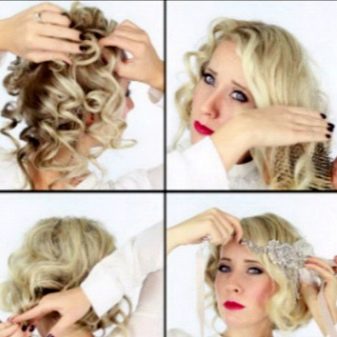
Beam
The bun will become a versatile hairstyle for hair of any length. To create it you will need:
- hair brush;
- comb for combing;
- rubber bands;
- varnish;
- invisible;
- accessories for decoration (headbands, headbands, tiaras);
- clamps;
- styler.
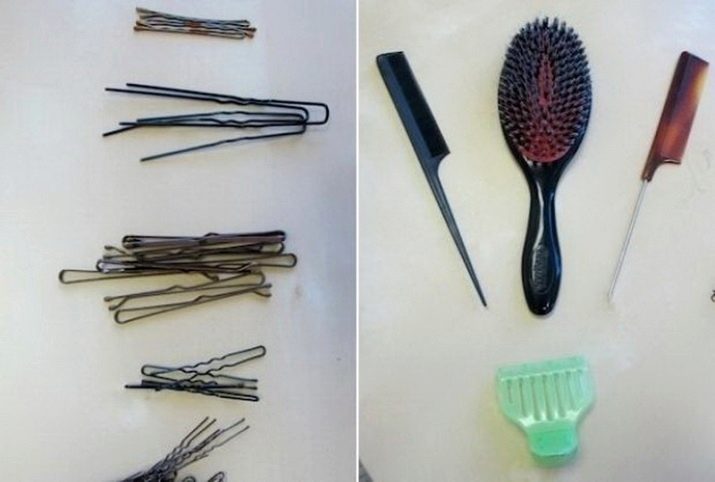
First, wash and dry your hair. Next, you need to separate the upper part of the hair in the direction from one temple to another. Secure the resulting strands with a clip so that they do not get in the way. Take the rest of the hair with an elastic band in a ponytail, comb it lightly and form a voluminous bun.
We return to the fixed hair, dissolve it, divide it into equal parts. With the help of a styler, we begin to curl the hair in thin strands. Keep the curling iron horizontally. The strands should be curled for about 3-5 minutes each. After the time has elapsed, remove the strand from the styler, wind it tightly by hand and pin it with clamps. Continue twisting the rest of the strands.
After the hair has cooled down after curling, remove the clips, comb the hair away from your face and form a light wave. The ends of the hair should be secured with invisibility or a clip on the back of the head under the bun. We fix the finished hairstyle with varnish and add a tiara as an accessory.
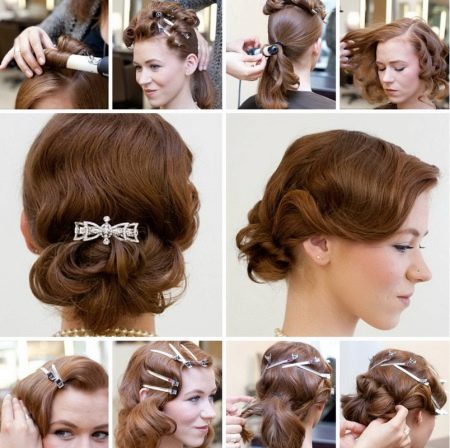
For instructions on how to do a 1920s hairstyle, see the next video.








